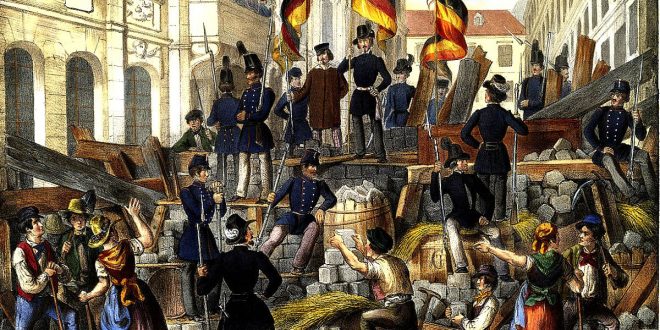Prince Metternich 1848 Revolution. In the mid 19th century, Austrian Chancellor Prince Metternich (1773 to 1859), the most hated man in Austria-Hungary, set another milestone of local history. Once you have read this primer you will understand the Metternich system and what the big revolution of 1848 did to Austria.
Just a few months after Napoleon had defeated the Habsburg Empire in 1809 Prince Metternich started his political career as a foreign minister. Eventually, the Congress of Vienna of 1814/15 proved to turn into Prince Metternich’s biggest master piece.
The Metternich System
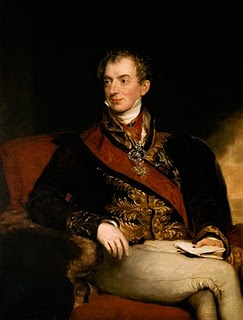 Prince Metternich 1848 Revolution. Without doubt, Metternich stood for ultraconservative and absolutistical politics. To maintain the old absolutistic monarchy he set up an oppressive police state within the Empire.
Prince Metternich 1848 Revolution. Without doubt, Metternich stood for ultraconservative and absolutistical politics. To maintain the old absolutistic monarchy he set up an oppressive police state within the Empire.
Consequently, Austria-Hungary went through an age of censorship, bureaucratic interference, spies and occasional arrests for expressing revolutionary thoughts. Later on, this early dictatorship came to be known as the Metternich system.
On the one hand, Metternich’s politics saved the Habsburg Empire from crumbling in the early 19th century. On the other hand, the Austrian chancellor became the most hated man by the people of Austria-Hungary.
Prince Metternich And The 1848 Revolution
Prince Metternich 1848 Revolution. Quite rapidly, the Revolution of 1848 was spreading across Europe and hit Vienna in full. Within months, the Austro-Hungarian Empire’s liberals, workers, and intellectuals joined their like minded French, Italian, German and Hungarian equals.
With unprecedented fervor, the Kaiser‘s subordinates revolted against the absolutistic rules of the Habsburg monarchy. Following the defeat of Napoleon these had been re-installed at the Congress of Vienna.
Any plan conceived in moderation must fail when the circumstances are set in extremes. Prince Metternich
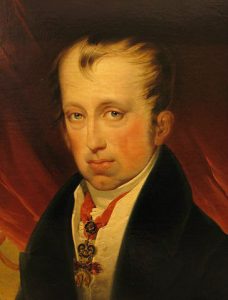 Prince Metternich 1848 Revolution. Interestingly, the revolution was one of the few big revolts in Vienna’s history. Essentially, the locals wanted a sovereign nation within a Republican state, or at least a constitutional monarchy, freedom of speech and press, a civil militia, and a liberalised economy.
Prince Metternich 1848 Revolution. Interestingly, the revolution was one of the few big revolts in Vienna’s history. Essentially, the locals wanted a sovereign nation within a Republican state, or at least a constitutional monarchy, freedom of speech and press, a civil militia, and a liberalised economy.
One of the most famous historic phrases from the Habsburgs: Emperor Ferdinand I (photo), who was mentally retarded and euphemistically called Ferdinand, the Benign (Ferdinand der Gütige) to Prince Metternich 1848, when seeing the revolutionaries in front of Schönbrunn Palace,: “Ja, dürfen’s denn des?” (“Well, are they allowed to do this?”)
Prince Metternich 1848 Revolution. At first, the revolution seemed to succeed. The Austrian Court set up a constitution, replaced the State Council with a provisional state ministry and granted freedom of speech.
From Revolution to Neo-Absolutism
However, the revolutionaries thought the changes in the constitution were unsatisfactory. Subsequently, they called for direct elections, ringing in the start of the end of the revolution.
In 1848 Karl Marx visited Vienna – a major embarrassement for Prince Metternich. Not only did he visit but famously spoke in front of 1,000 members of the new workers’ union. To encourage the Viennese, Marx reported about the situation of the working classes in other European countries. Most importantly, Marx reassured the Viennese workers that only a well organised workers’ organisation would be able to succeed with their fight for democratic rules.
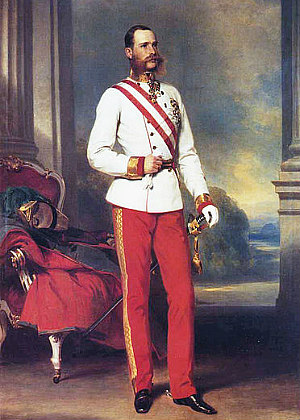 In October 1848 the people of Austria-Hungary mounted their last revolt. By then, the Austrian Court and Ferdinand had escaped to Olmutz in what is now the Czech Republic. Ultimately, Prince Metternich resigned and fled from Vienna to England. With the help of Russian troops the Habsburg Empire beat down the revolution once and for all.
In October 1848 the people of Austria-Hungary mounted their last revolt. By then, the Austrian Court and Ferdinand had escaped to Olmutz in what is now the Czech Republic. Ultimately, Prince Metternich resigned and fled from Vienna to England. With the help of Russian troops the Habsburg Empire beat down the revolution once and for all.
To ensure the survival of the Empire, Ferdinand abdicated in favour of his nephew Franz Joseph (Empress Sissi‘s husband), who managed to restore order.
At the latest by then it became evident that the few changes in the constitution had been merely cosmetic. While that document granted some liberties for the peasants the system overall became even more oppressive. Later known, Francis Joseph’s new style of leadership earned the term Neo-Absolutism.
Biedermeier Culture: A Response To 1848
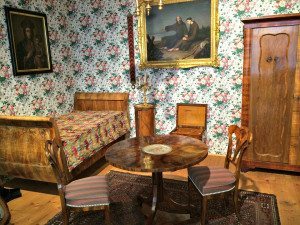 Prince Metternich 1848 Revolution. The Viennese Biedermeier culture, valuing the family and the home, dates back to that period and stands in contrast to the political turmoil and uncertainty. Biedermeier is also key to understanding local art. Paintings of that time are romantic and naturalistic.
Prince Metternich 1848 Revolution. The Viennese Biedermeier culture, valuing the family and the home, dates back to that period and stands in contrast to the political turmoil and uncertainty. Biedermeier is also key to understanding local art. Paintings of that time are romantic and naturalistic.
The furniture is characterised by simplistic interiors in light wood. The Museum of Applied Arts/Contemporary Art and the Imperial Furniture Collection (Hofmobiliendepot) exhibit lovely Biedermeier chairs and furniture. You can see easily how much they demonstrate the desire for a good secure life of the Viennese citizens.
Prince Metternich 1848 Revolution: Further Reading
Prince Metternich 1848 Revolution. If you want to dig deeper into the revolution, Biedermeier art, and personalities of the time focus on
- books that cover the revolution 1848 in Austria, and those that set it within the framework of European revolutions at that time
- the cultural phenomenon of Biedermeier as a form of lifestyle and art,
- the original memoirs of one of the key politicians behind the revolution, Prince Metternich (from the horse’s mouth!) and
- finally a novel collection of Wikipedia articles about Austrian people from the 17th century, surrounding the era Metternich 1848. All of them have been bound into a paperback book, together with pictures from Wikimedia Commons.
Explore more milestones of Vienna History
Travelling to Vienna? Connect with history in the best Vienna Museums
back to Vienna Unwrapped homepage
